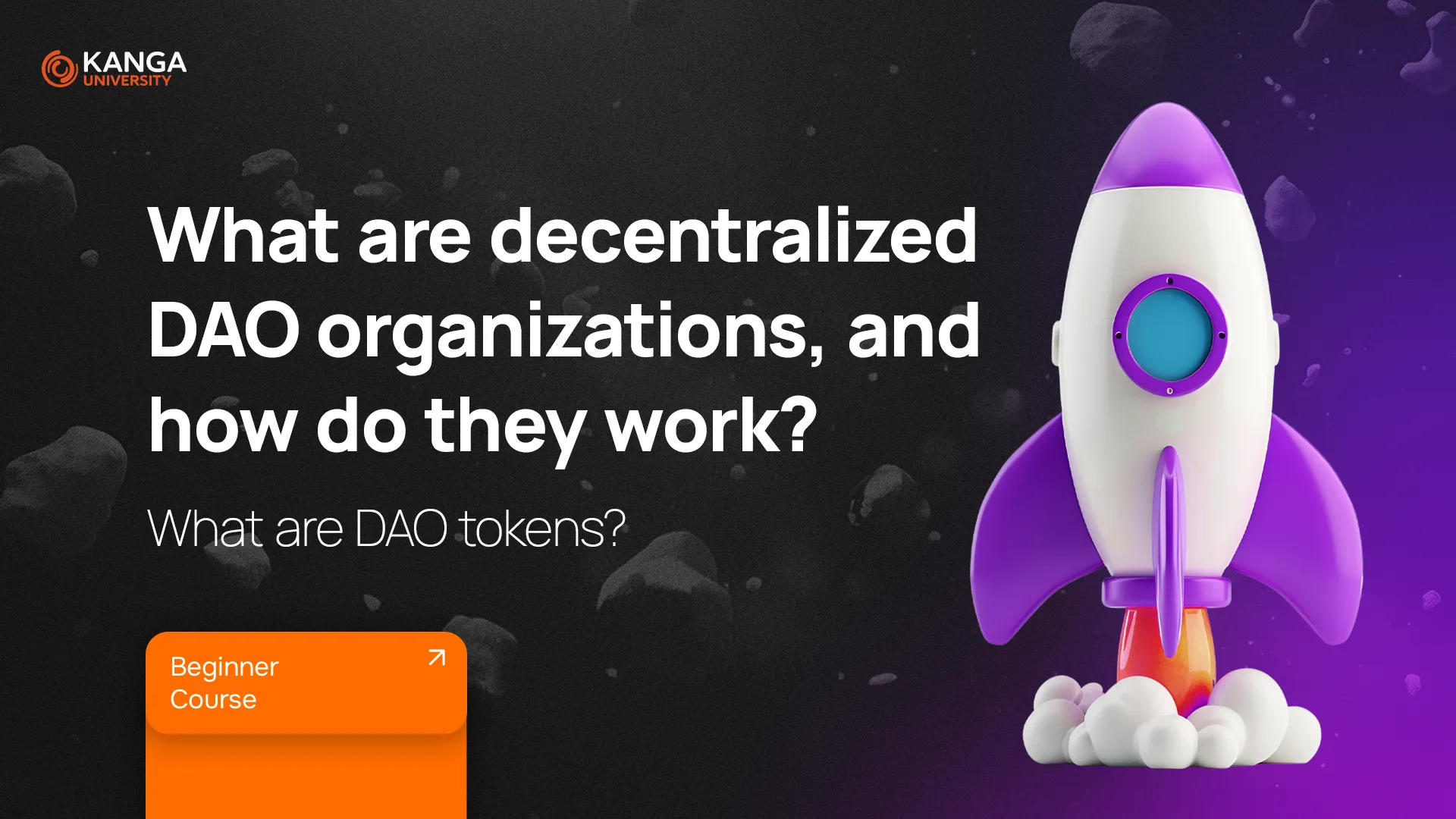
Imagine an organization that operates without traditional bosses or offices, where its rules are written in computer code accessible to everyone. This is what a Decentralized Autonomous Organization (DAO) is. Thanks to blockchain technology, DAOs enable people from around the world to collaborate in a transparent and democratic way.
How Do DAOs Work?
DAOs function based on smart contracts—computer programs that automatically execute specific actions when predefined conditions are met. Members of a DAO hold special tokens that grant them voting rights on matters related to the organization. The more tokens you have, the greater your influence on decisions.
Key Features of DAOs:
- No central authority: Decisions are made collectively by all members.
- Transparency: All actions and transactions are publicly accessible thanks to blockchain technology.
- Global reach: Anyone with internet access and the necessary tokens can join a DAO.
Advantages of DAOs
- Democratic governance: Every member has a say in decision-making, proportionate to the number of tokens they hold.
- Transparency: All decisions and transactions are visible to everyone, which builds trust among members.
- Engaged community: People from different parts of the world can collaborate towards common goals.
Challenges and Risks of DAOs
- Technological complexity: To fully participate in a DAO, a basic understanding of cryptocurrencies and blockchain technology is required.
- Security risks: Errors in smart contract code can lead to financial losses or other issues.
- Time-consuming decision-making: The democratic decision-making process can be slower compared to traditional organizations.
Popular DAO Projects (as of 27 May 2025)
Here are some well-known DAOs worth exploring:
- Curve DAO (CRV)
An AMM optimized for stablecoin swaps. Liquidity providers earn trading fees and steer protocol parameters via CRV governance. - Lido DAO (LDO)
The leading liquid-staking solution for Proof-of-Stake assets (notably ETH). Stakers receive tokenized derivatives (e.g. stETH) and vote on Lido’s roadmap using LDO. - Uniswap DAO (UNI)
The pioneering decentralized exchange. UNI holders govern fee tiers, new pool listings, and ecosystem grants. - Aave DAO (AAVE)
A permissionless lending protocol where AAVE token holders vote on interest-rate models, collateral listings, and safety parameters. - MakerDAO (MKR)
Creator of the DAI stablecoin. MKR holders adjust risk parameters, debt ceilings, and direct surplus funds to ensure DAI’s stability. - Arbitrum DAO
Oversees the Arbitrum One Layer-2 network on Ethereum. Token holders manage the treasury and fund grants (e.g. the recent $50 m Arbi Grants program). - Optimism Collective (OP)
Governs Optimism’s ecosystem budget and grants. The Collective recently launched RetroPGF, rewarding early adopters with OP token distributions.
Here are the latest prices of some DAO tokens:
-
Curve DAO (CRV): 0,46 USD
-
Lido DAO (LDO): 1,39 USD
-
Uniswap (UNI): 8,28 USD
-
Aave (AAVE): 210,00 USD
-
MakerDAO (MKR): 1 691,38 USD
Note: Cryptocurrency prices are highly volatile and can change rapidly.
Summary
DAOs are an innovative way to organize collaboration between people worldwide without the need for central management. Thanks to blockchain technology, they offer transparency, democratic governance, and global reach. However, before joining a DAO, it’s essential to understand how they work and be aware of potential risks and challenges.